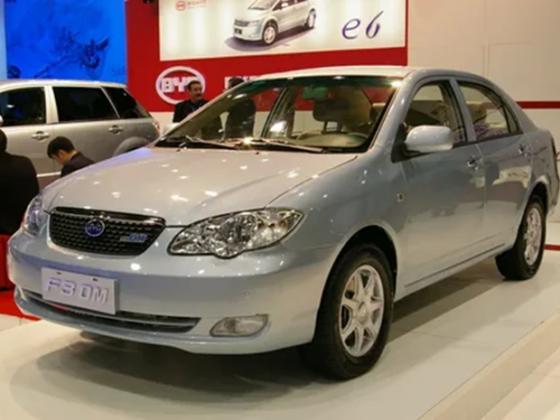Concepts such as a comfortable stay in the room, favorable conditions for relaxation and work largely depend on its temperature regime. To maintain a stable acceptable temperature, a heating system compensates for the heat loss of the building. That is why its constructive features and quality of installation is given special attention. Of course, the installation of the heating system should be carried out in accordance with the project and heat engineering calculations, but in order to provide the initial data for the development of the project, you must be in the topic. The topic is extremely relevant for individual low -rise buildings, especially in places where there is no way to connect to central heating.
The best way out in such situations is an autonomous heating system. Its design features will largely be determined by the energy -saving characteristics of the building, its number of storeys and energy carrier. The latter can serve as solid and liquid fuel, electricity and, of course, combustible gas. Using the electricity building for heating is a relatively expensive pleasure. Solid fuel entails the problems of its transportation, storage and disposal of combustion products. The most economical is the autonomous heating system, the source of heat supply in which the gas boiler serves. As a rule, an antifreeze or water is used as a coolant in it. The circulation of the coolant is carried out as a result of free convection or forcibly using the circulation pump. The heating system with free circulation of the coolant is implemented in practice much less often, since its effectiveness below the effectiveness of the heating system with forced circulation. For many buildings, the first is not applicable at all.
In turn, an autonomous heating system with forced circulation can be one -pipe and two -pipe. In the two -pipe heating system, each of the radiators is connected to the straight line and reverse trunk, while in a single -pipe heating system the reverse line is absent. Of course, as the radiator removes from the heating boiler, the temperature of the coolant decreases, which entails unequal heating of individual rooms. In each case, the applicability of a particular scheme is determined by rationality and economic expediency, but it is desirable to solve this issue before the start of the construction of the walls.
When erecting the walls of the building, for the risers of the heating system, it is necessary to provide for the integration technological holes, and to accommodate the floor circuits, it may be necessary to fine the walls if the pipelines are not planned to be placed in the preparation of the floor. The sizes of niches under radiators will depend on their configuration, power and the method of connecting. One of the basic requirements when installing niches is that the radiator should be located above the floor level at least 15 cm.
The installation of the heating system can also be started with the installation of radiators, but the starting point, nevertheless, is a heating boiler, the coolant from which enters the radiators through the distribution comb, risers and the poetry contours of the supply line. Further, through the risers and the distribution comb of the heating system of the heating system, he again returns to the heating boiler. The constant temperature of the coolant at the exit from the boiler is supported automatically.
Despite the forced circulation, in the end radiators of the poetry contours it is always lower than in radiators located closer to the risers of the heating system. The desired temperature in the room is provided by the installation on the radiators of a special thermoregulating reinforcement.
Of course, each developer is interested in the issue of the cost of materials and elements of the heating system. So, the cost of the heating boiler depends, first of all, on its power, which is easily calculated from the ratio of 1-1.2 kW per 10 kV. m square. It will have to be increased by a quarter if there is a need for hot water supply.
The cost of radiators depends on the materials from which they are made and, of course, on their power too. Varieties of radiators used in heating systems, quite a lot. Companies produce steel radiators, cast -iron, aluminum, bimetallic. Ceramics and porcelain radiators are made. Their necessary power is calculated similarly to the power of the heating boiler.
The installation of heating systems is carried out using polymer, metal -polymer, copper and steel pipes. The most popular are polymer and metal -polymer pipes. To calculate their cost, you need to know the footage and the size.
We should not forget about the membrane expansion tank for heating. It is mounted in the heating system to compensate for the increase in the volume of the coolant when it is heated. The volume of expansion is easily determined taking into account the fact that an increase in water temperature by 10 ° C entails an increase in volume by 3 %.
The heating system is one of the most expensive systems for the life support of the building, but given its influence on the quality of life, saving on materials on which reliability and operational resource depends, it seems unreasonable.


